What is shape in photography?
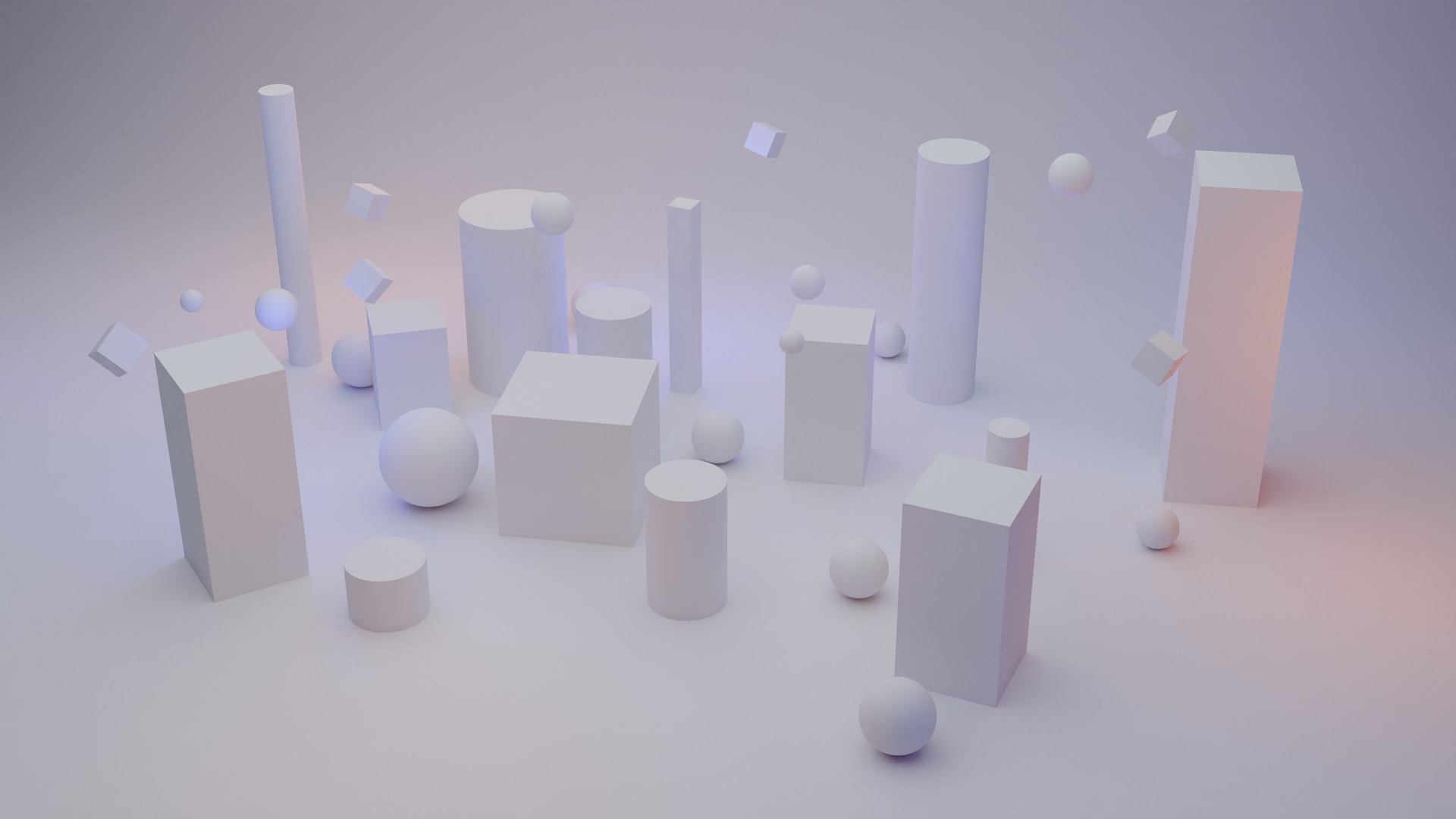
We look through the viewfinder and see people, animals, landscapes, or objects. We think about their stories and relationships, trying to focus on what we want to covey. Nonetheless, storytelling is the last layer of photography composition. The first step in creating an appealing composition is decomposing the scenery into forms, shapes, and lines. Good photographs start with geometry and continue with a layer of color and texture, patterns, space and relationships between visual elements, and in the end, the layer of meaning.
So if you want to master photography composition, train your eye to see shapes, forms, and lines instead of meaningful subject matters. To begin with, here is everything you need to know to use shapes in your photography.
What Is Shape in Photography?
A shape is a two-dimensional surface. Geometry defines it as the area between three or more intersecting lines. Triangles, circles, and rectangles are common examples of shapes. However, in photography, we don’t work with a ruler and a compass, which makes the definition of shape more relaxed. Therefore, we can consider any visibly delimitated surface a photo shape.
For example, a leaf is a two-dimensional surface, thus a shape. But if you photograph the tree from some distance, you won’t be able to see each leaf. Instead, you’ll see an object (the tree) made of two shapes: the crown and trunk. If you get farther away from the tree, you’ll see just one shape, the shape of a tree. And if you go even farther away, the entire forest becomes a shape.
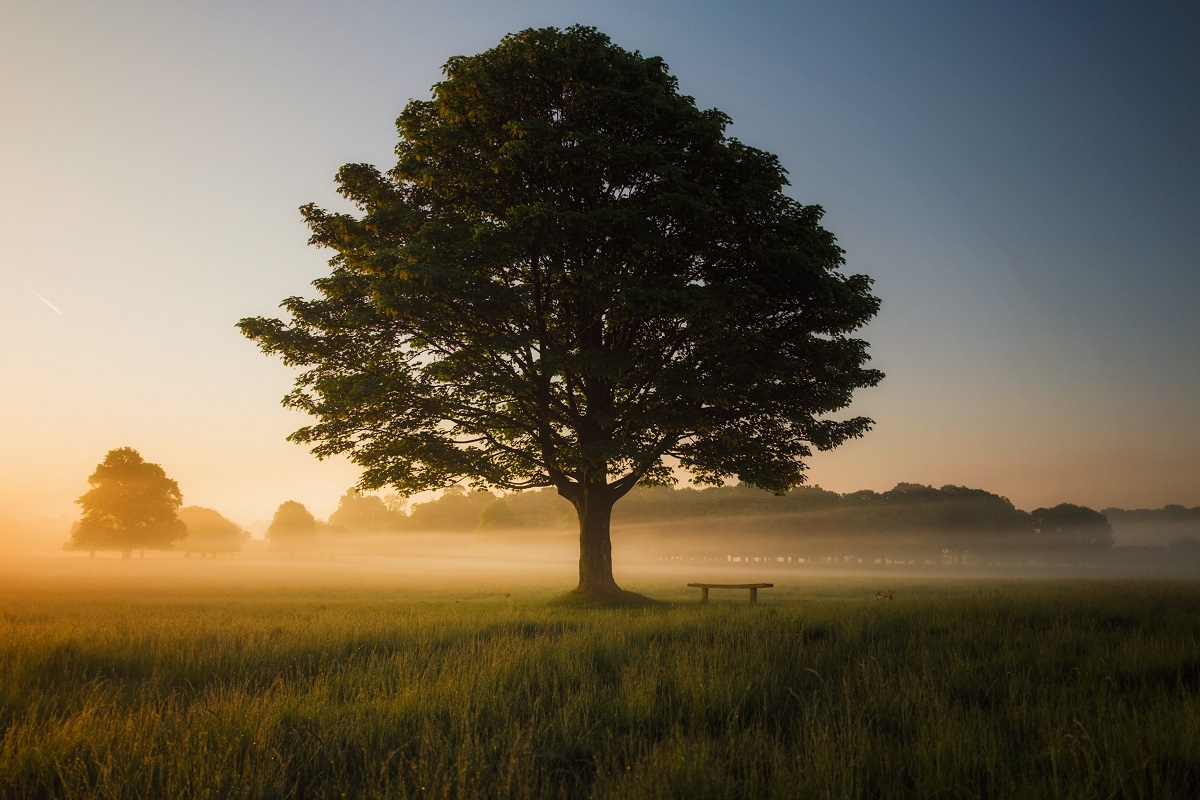 Photo by Simon Wilkes on Unsplash
Photo by Simon Wilkes on Unsplash
It worth underline that shape is always two-dimensional. That’s because shape is sometimes confused with the other two elements of art: form and line. A form is the realistic representation of a three-dimensional object. A photograph is a two-dimensional representation of three-dimensional scenery, and one may argue that any area of the photograph is two-dimensional. However, when the photographer captures the depth of an object (via lighting or camera angle), we call it form. When the photographic representation of an object is flat, we call it shape.
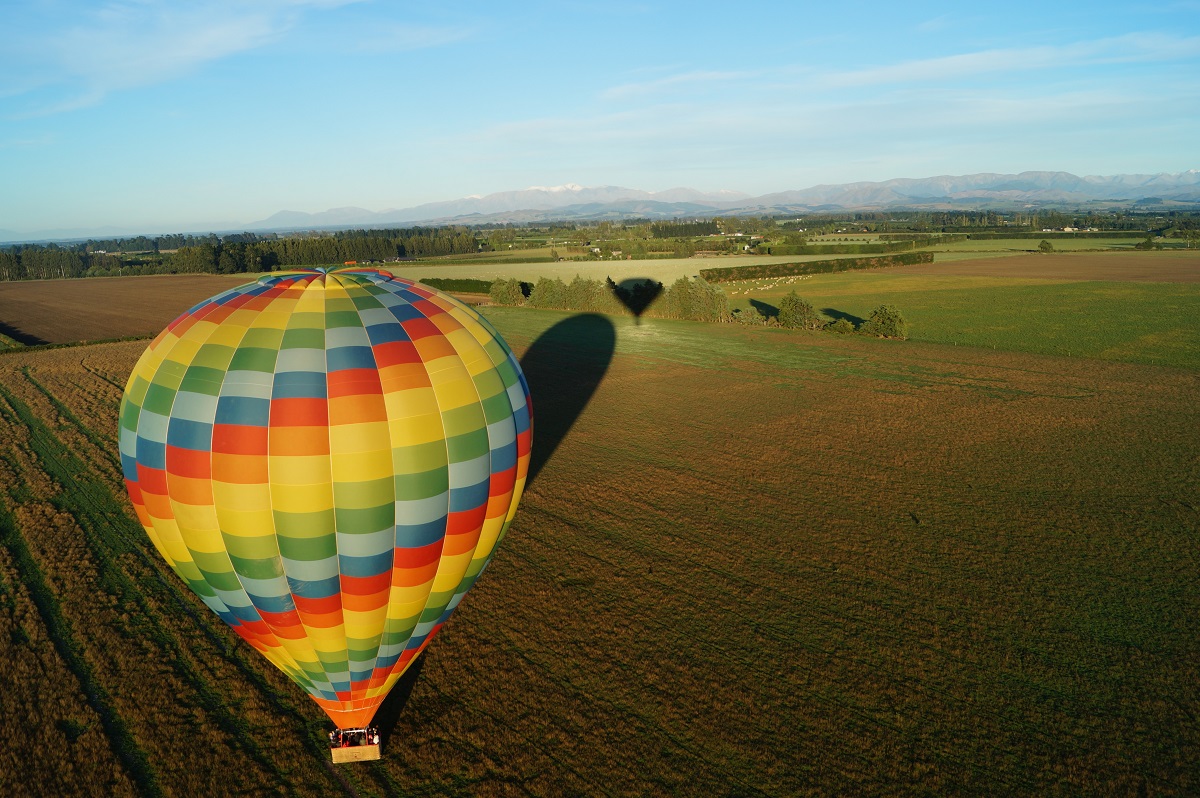 Photo by andrea krug on Unsplash
Photo by andrea krug on Unsplash
A line is a series of points going from A to B. But we can’t perceive a series of pixels, unless it has some width. For example, a road is not really a line but gives the impression of one. The same applies to a tree trunk, an electric wire or pole, a street sign, etc. So instead of calling it a thin rectangular shape, we call them a line. It’s also considered a line the edge between two surfaces, such as the horizon.
As you can see, shape, form, and line’s definitions leave room for interpretation. However, this only emphasizes creativity and artistic freedom.
Types of Shapes in Photography
It’s easier to train your eye to spot shapes if you know what you are looking for. The main types of photo shapes, ordered by difficulty to spot, are regular, recognizable, organic, and abstract. Start by looking for basic simple shapes, and once you have no problem finding them move on to the next category.
Regular Shapes
Regular shapes are the shapes you find in a geometry manual, such as circles, triangles, squares, rectangles, and hexagons. They are rare in the natural world. But you can find almost perfect circular shapes in flowers and hexagonal and other complex structures in natural patterns (e.g., bee hive, rocks, etc.).
However, you may easily find geometric shapes in anything made by man, such as buildings, city landscapes, objects, clothes, and jewelry.
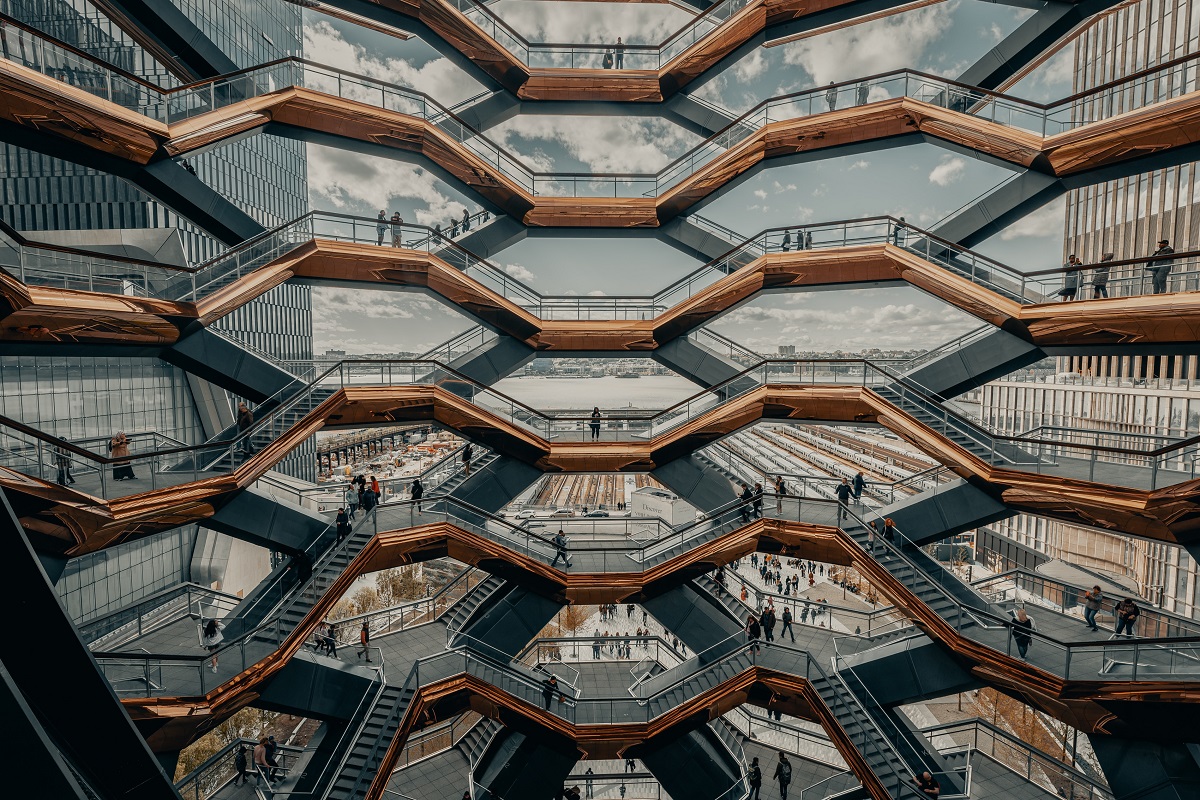 Photo by Clay Banks on Unsplash
Photo by Clay Banks on Unsplash
Recognizable Shapes
Recognizable shapes are shapes the human mind knows very well and can spot effortlessly. For example, everyone recognizes a human silhouette and can even say whether it is of a man, woman, or child. Other examples are hills, flowers, cars, clothing items, kitchen tools, and iconic symbols, such as crosses, hearts, scissors, and so on.
It may be harder to spot recognizable shapes than regular shapes because we are so used to them that we don’t pay attention anymore. So it’s good practice to notice them intentionally.
 Photo by Agape Trn on Unsplash
Photo by Agape Trn on Unsplash
Organic Shapes
Organic shapes are shapes created by nature. Often, they are neither regular nor recognizable, although you can find organic shapes that are both regular and recognizable. The most popular examples of organic shapes are leaves, flower petals, trees, mountains, ocean waves, the bodies of insects, and the endless formations of rocks.
While most organic shapes are curvy, you can find organic shapes with rough edges and structure. But you need to look carefully, as organic shapes are subtle and elude the eye. They are everywhere around us, even in our kitchens and gardens, but we tend to look at the bigger picture and ignore the details.
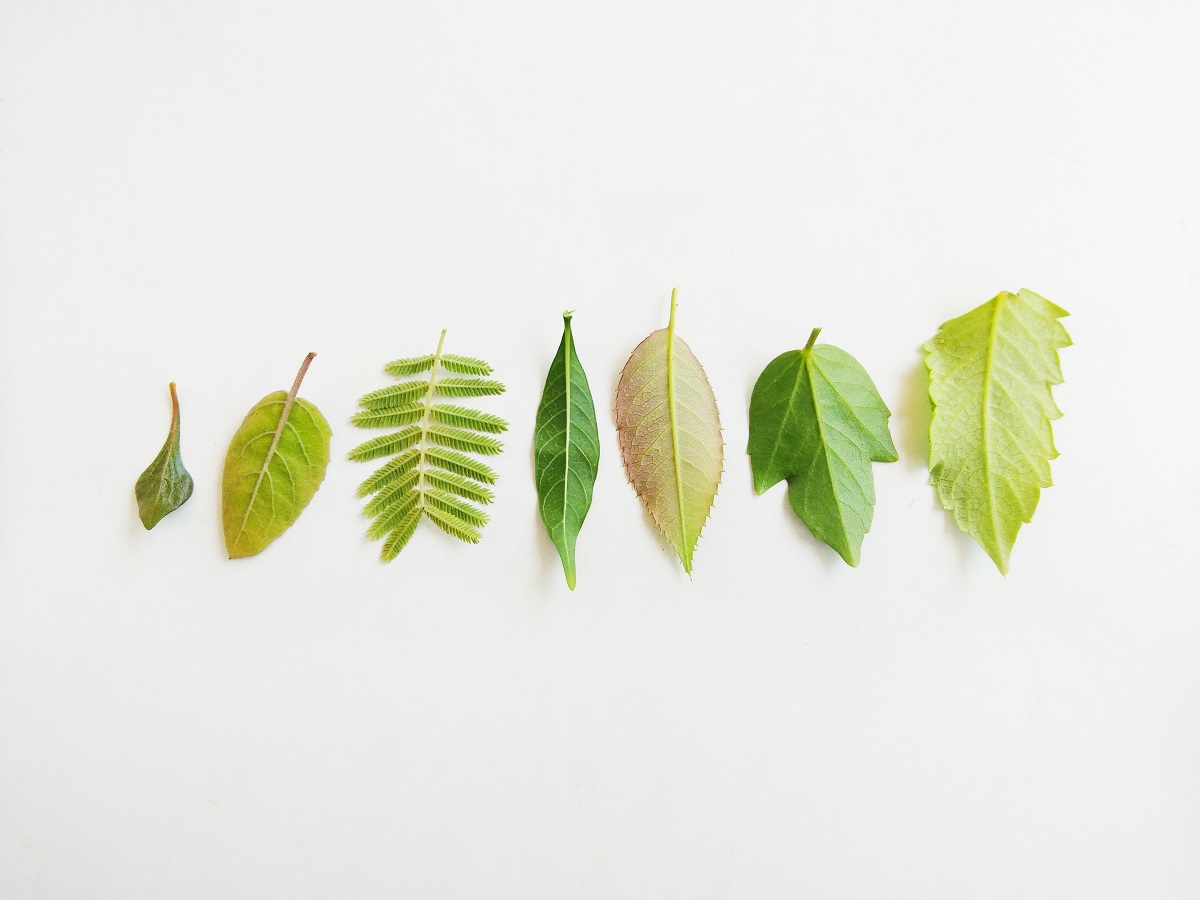 Photo by Avinash Kumar on Unsplash
Photo by Avinash Kumar on Unsplash
Abstract Shapes
Abstract shapes are the hardest to spot because they provide no rules for us to follow. Regular, recognizable, and organic shapes give us something to focus on, but abstract shapes leave everything to our imagination. You can think of the other types as positive shapes because they represent objects and of the abstract shapes as negative shapes because they are usually created by the space around an object. For example, the blue patches of sky seen through the branches of a tree are abstract shapes.
Nevertheless, there are objects with abstract shapes, such as crumpled foil or fabric, splashes of paint, tree bark, the texture of rocks, and complex pieces of machinery.
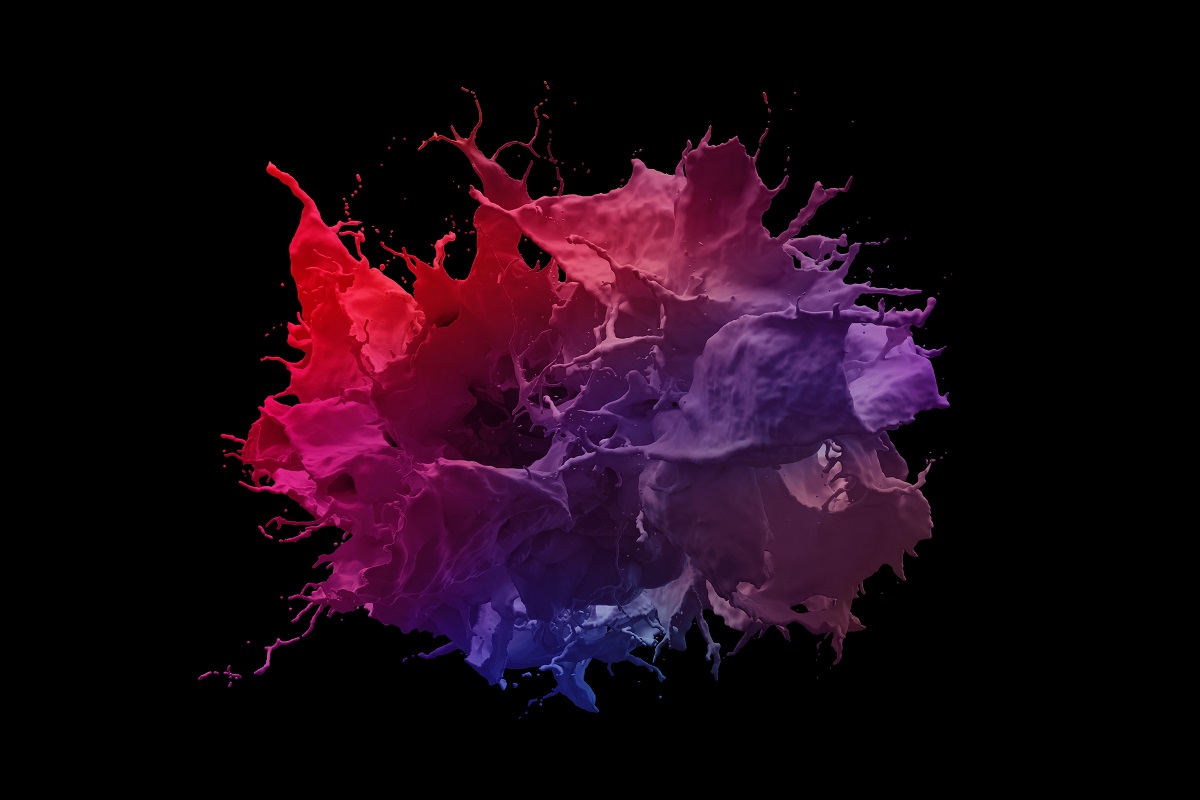 Photo by Peter Olexa on Unsplash
Photo by Peter Olexa on Unsplash
How to Use Shape in Photography Composition
Each visual element in a photograph has a particular weight and influences the composition’s balance. And shape is a primary characteristic of visual elements, alongside size, color, texture, and position in the frame.
Regular shapes stand out and capture the viewer’s attention, especially if they have hard edges and well-defined corners. Among the four types of shapes, they are the most eye-catching. Therefore, they will be a focal point of your composition whether you want it or not. To create balance, you need either to reduce the weight of the regular shape (e.g., smaller size, less saturated color, less contrast, a less favorable position in the frame) or increase the weight of the visual elements around it (e.g., more negative space around the shape, brighter colors, more texture, a more favorable shooting angle).
 Photo by Tamanna Rumee on Unsplash
Photo by Tamanna Rumee on Unsplash
Recognizable shapes are still eye-catching, although less impactful than regular ones. But because they are meaningful to us, recognizable shapes enhance the story and add a new level of profoundness. They aren’t just aesthetically valuable but a source of feelings and emotions, too. That’s because we know that shape from a particular context and are automatically biased. For example, a silhouette of a child playing on a beach at sunset may awaken different feelings in a mother, grandmother, or child of the same age.
Organic shapes are more subtle and lightweight. To make them stand out, you need to increase their visual weight using strong colors, contrast, or a favorable frame position. Using the rules of composition (e.g., the rule of thirds, the triangle rule, the rule of space, etc.), symmetry, and negative space, you can build a connection between the viewer and nature and produce a complex composition with an impressive effect.
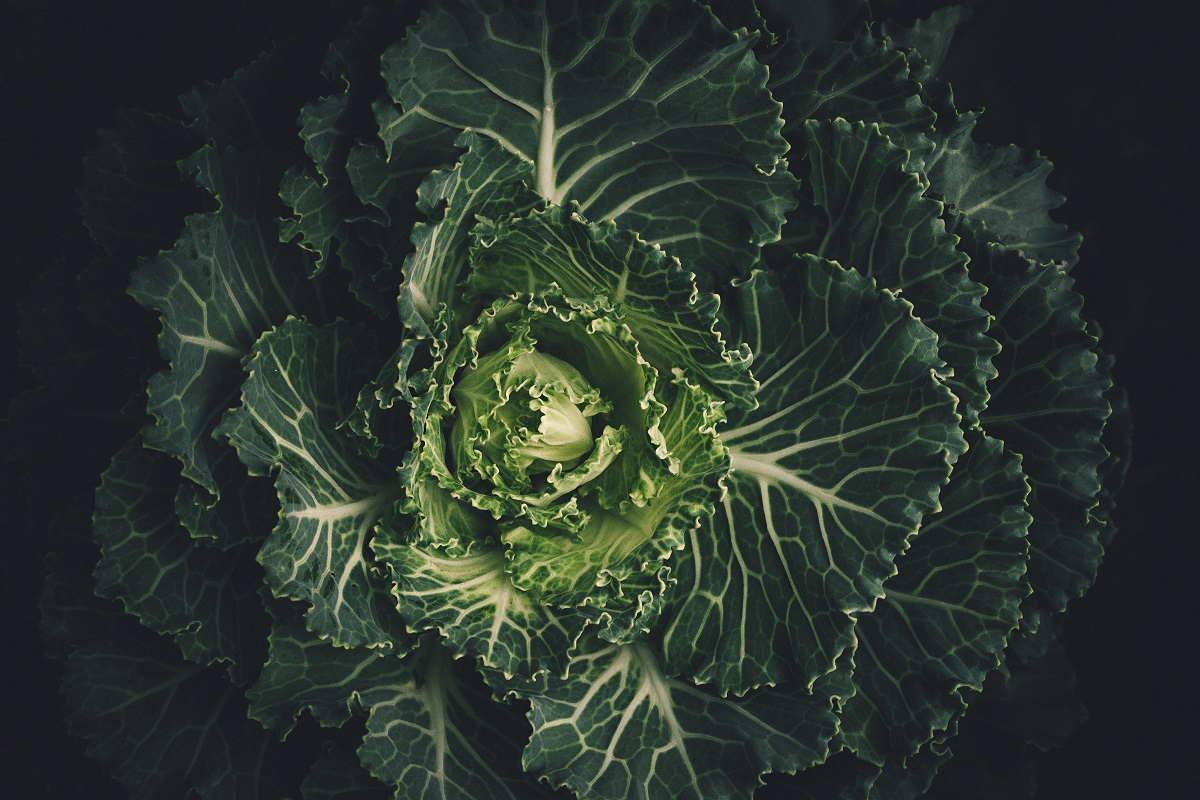 Photo by Scott Webb on Unsplash
Photo by Scott Webb on Unsplash
Abstract shapes may be harsh and difficult to work with. But ignoring them can ruin your photos. So learn to notice them and keep them out of the frame when you don’t need them. However, if you decide to use them, abstract shapes take you to the professional photography level. They require conceptualization, an exquisite eye for visual balance, and strong storytelling abilities. Here is your chance to experiment and define your artistic voice.
Conclusion
Shapes influence where the viewer looks and how they perceive your composition. They also create a particular mood, have a saying in relationships between other elements, and affect the visual balance. So, work on a photograph layer by layer, like a painter does. Start with basic elements, such as lines and shapes, move on to forms, invite color and texture, and then finish with meaning and storytelling. Don’t forget to add a personal touch because a photograph is equally about the subject matter in front of the camera and the photographer behind it.
FAQ
Q: What is the rule of shape photography?
A: The main rule of working with shapes in photography is to notice and consider them when framing the photograph. If a shape weighs too much and distracts the viewer, find a camera angle that leaves it out of the frame. Each element of a composition should be there with a purpose and clear intention, not by accident.
Q: What is the rule of thirds in photography?
A: The rule of thirds states that the most favorable positions in a frame are at the intersections of two parallel and two horizontal lines placed at one-third, respectively two-thirds, from the left and top edges. Therefore, the subject of a photograph should be placed near those intersection points or along the lines. The rule of thirds ensures the subject stands out and makes a strong focal point while creating a well-balanced composition.
Q: What are the two ways to see shapes in photography?
A: The photographer may focus on a positive shape (aka the shape of an object) or a negative shape (aka the shape created by the area between objects). It depends on which one has a more powerful effect on the composition and better fits the subject matter.
Q: What are the seven principles of photography?
A:The seven principles of photography come from art. They are balance (the harmony between visual elements), dominance (the emphasis on a particular element), repetition (the effect of patterns), unity (or coherence of the elements), contrast (the difference between elements), movement (the path followed by the viewer’s eyes), and space (management of positive and negative space).
a lifetime of memories
No credit card needed.
We’re sure you’ll love it!
 30 day free trial
30 day free trial
 All premium features
All premium features
 Unlimited devices
Unlimited devices
 Unlimited photos, videos, docs
Unlimited photos, videos, docs
 Available for macOS, Windows,
Available for macOS, Windows,iOS, and Android
As low as $8.33 a month
Billed annually or $9.99/month, billed monthly
 Bring all your memories together
Bring all your memories together
 Access all your memories at any time
Access all your memories at any time
 Connect unlimited devices
Connect unlimited devices
 Automatically protect your library
Automatically protect your library
 Get rid of clutter & duplicates
Get rid of clutter & duplicates
 Showcase and share safely
Showcase and share safely
Mylio Photos users say it best.

Mylio Photos is so cool because it allows you to organize all of your photos...
Mylio Photos is so cool because it allows you to organize all of your photos, in one library that is accessible on all your devices. I love being able to conveniently manage, edit and have access to all of my photos, on all my devices, from anywhere.

Mylio Photos is a smart, slick...
"Mylio Photos is a smart, slick and surprisingly fun way to privately organise and manage huge collections of photos." -

As a photo organizer, I can’t go without an amazing tool...
As a photo organizer, I can’t go without an amazing tool that allows me to sync and view my entire iPhone Photo collection on a completely separate platform. My go-to? Mylio Photos. I love Mylio Photos because of the folder structure and backing up outside of Apple Photos.

I finally have the complete overview...
I finally have the complete overview of all the photos that have been scattered in many places for years ... Everything runs flawlessly and now I can quickly find the best memories to show to others.

Getting close to 1.4 million images...
Getting close to 1.4 million images that Mylio Photos keeps track of for me. No other program was able to handle this many files. All in one catalog to boot.

I’m sort of obsessed with how easy Mylio Photos functions...
I’m sort of obsessed with how easy Mylio Photos functions. This is actually such a good application. Just trying to get the rest of my stuff off Google Drive next so I can clean up all my devices.
